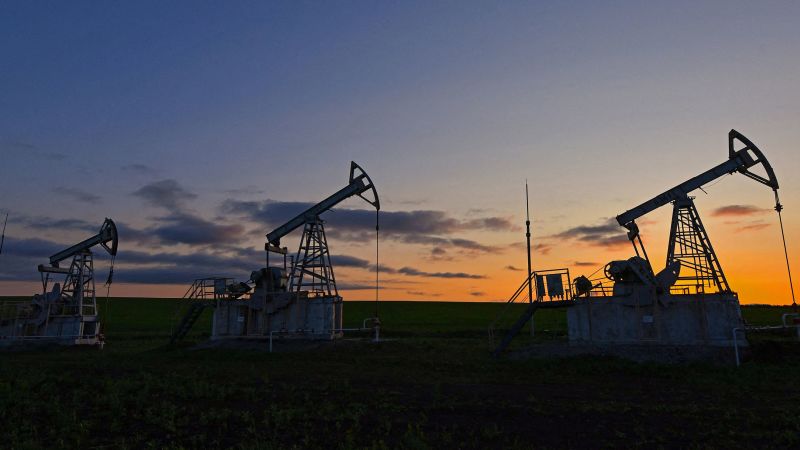OPEC and its allies, known as OPEC+, have agreed to extend a daily production cut of 2.2 million barrels of crude oil into 2025. These cuts were initially agreed upon in December and were set to expire at the end of the current month. The decision to extend the production cut comes as countries like Saudi Arabia and Russia attempt to counter slowing demand and increasing output from the United States. Additionally, the group has released its 2025 production requirements, which includes an increase in the production quota for the United Arab Emirates by 300,000 barrels per day.
Despite the ongoing production cuts by OPEC+ and tensions in the Middle East, global oil prices have fallen by about 10% since reaching a five-month high in April. Brent crude, the global oil benchmark, was trading at $82 per barrel, down from $91 in early April, while West Texas Intermediate crude, the US benchmark, dropped from nearly $87 per barrel to $78. Saudi Arabia, one of the leading oil producers in the group, needs Brent crude to trade at around $81 a barrel to balance its budget, according to the International Monetary Fund. Subdued prices have resulted from record US oil output and concerns about sluggish demand in major economies such as China.
The International Energy Agency (IEA) recently lowered its forecast for global oil demand growth this year by 140,000 barrels per day to 1.1 million barrels per day, citing weak demand in developed economies, specifically in Europe. Despite the weaker growth forecast, there are concerns about a potential supply crunch. The IEA expects global supply to increase by just 580,000 barrels per day this year and previously stated that a supply deficit could occur in 2024 if OPEC+ extends its output cuts through the end of the year. These concerns highlight the delicate balance between supply and demand in the global oil market.
In addition to the oil production cuts, Saudi Arabia announced a sale of shares in its oil company Aramco. The government plans to sell less than 1% of the company in a deal that could raise $13 billion for economic diversification projects. This decision aligns with efforts to increase economic diversification and reduce dependence on oil revenues. The combination of production cuts, fluctuating oil prices, and strategic financial decisions by major oil-producing countries like Saudi Arabia and its allies will continue to shape the dynamics of the global oil market in the coming years. The evolving landscape presents challenges and opportunities for both producers and consumers as they navigate the complexities of supply and demand fluctuations.













